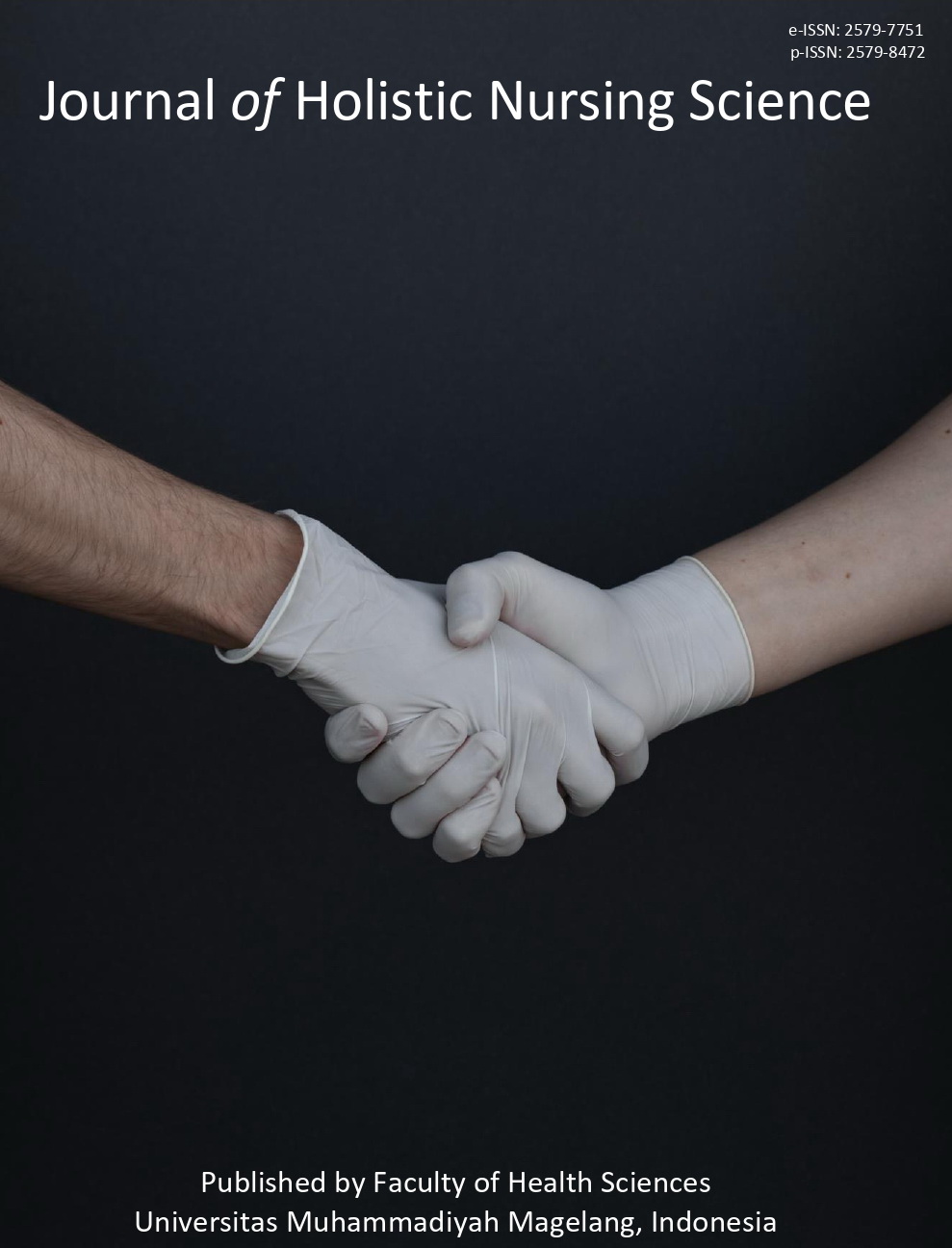A nursing perspective of the financial planning model for disaster preparedness
Main Article Content
Abstract
Indonesia tends to be at a high risk of natural disasters, non-natural disasters, and social disasters. To minimize disaster impact, planning and management of finances are crucial. Unfortunately, a nursing study discussing the financial model during a disaster is lacking in the literature. The study aims to develop a financial planning model integrating Muhammadiyah Disaster Management Center in Magelang, Indonesia. An observational approach was involved in the study design. The member of One Muhammadiyah One Response (OMOR) in several districts was engaged. A checklist and closed-ended questions were used for the data collection process. The study established a financial planning model that can be helpful for community nurses working in disaster areas. Further study is required to evaluate the collaboration with other healthcare professionals in disaster preparedness.
Keywords: Emergency care; disaster preparedness; community nursing practice; nursing perspective; financial planning
Downloads
Article Details

This work is licensed under a Creative Commons Attribution 4.0 International License.
Authors who publish their articles in JHNS retain full copyright of their work. JHNS does not require authors to transfer their copyright to the journal or Universitas Muhammadiyah Magelang as the publisher. The authors grant JHNS a license for the first publication.
